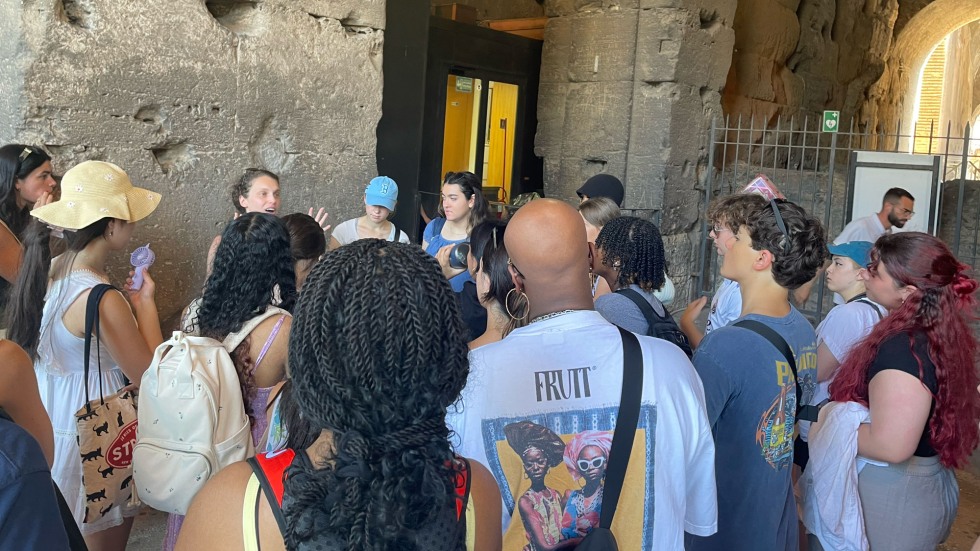You will participate in two courses during your time in Rome: Immersive Beginning Italian and Making of an Eternal City.
Immersive Beginning Italian
Why learn Italian only in the classroom when you're in Italy? The city of Rome will be our classroom as this course spills outside for a unique and immersive learning experience. You will learn organically by hearing, reading and speaking in a fun and low-pressure environment. Ordering cappuccino and gelato will be part of the coursework. Authentic communicative activities and dynamic language exercises abound as you are encouraged to make use of elementary Italian.
Making of an Eternal City
Rome, the Eternal City, has been constantly inhabited from the 8th century BC to the present, thus making it one of the richest and most stratified living human settlements. This class explores Rome’s rich history and its impact on the development of modern culture and society. To this end, you will visit archeological sites, museums and churches all around the city. We will explore these sites while analyzing the socio-historical context that produced them, and evaluating their importance in the formation of Rome’s distinctive identity.
During the first week, you will visit the heart of Rome’s ancient history, the Colosseum, the Palatine and the Forum. You will also learn the lay of the city, through a walking tour of Rome’s fountains and obelisks (of which there are many!) and through the aid of maps and images available in the textbook. During the second week, you will visit St. Peter’s Basilica. You will also learn about the ‘layers’ of Rome at the church of San Clemente, a place used as a religious (pagan and Christian) site for almost two thousand years. The second week will also include a visit to Rome’s most beautiful museum, the Villa Borghese and a tour of its amazing art collection.
Overall, the course provides an introduction to Rome’s history, its topography but also its landscape of power. Indeed, this class invites you to reflect on how institutions and individuals express power through buildings today and how local history and topography has an impact in their communities’ lived experiences.





